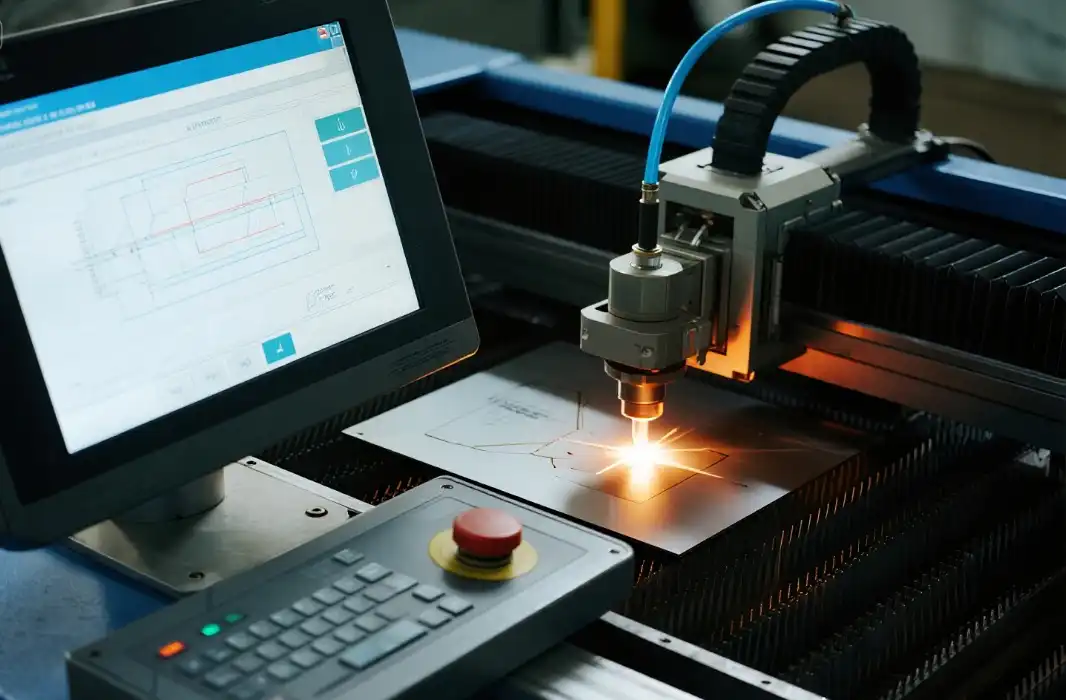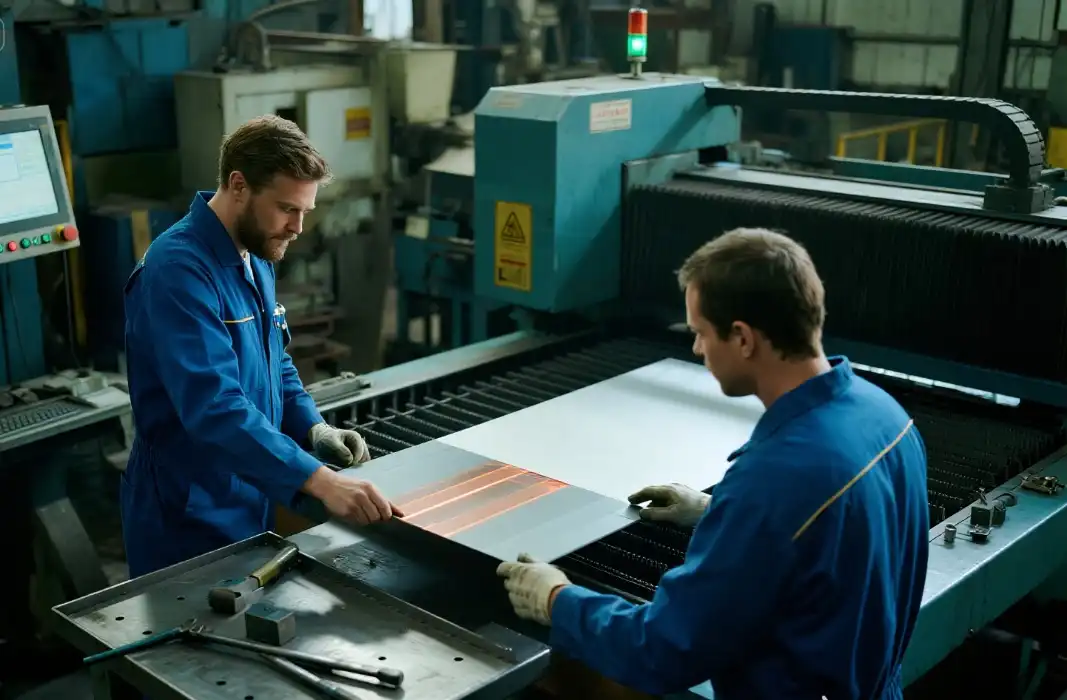Key Factors to Consider When Selecting a Laser Cutting Service
Expertise and Experience in the Industry
When choosing a laser cutting service provider, it's essential to evaluate their expertise and experience in the industry. Look for a company with a substantial portfolio of completed projects across various sectors. This diversity demonstrates their ability to handle different materials and complexities. Inquire about their team's qualifications and certifications, as these indicate their commitment to maintaining high standards. A provider with years of experience is likely to have encountered and overcome various challenges, ensuring they can handle your project efficiently.
Technological Capabilities and Equipment
The technological capabilities of a laser cutting service provider play a pivotal role in determining the quality and efficiency of their work. Investigate the types of laser cutting machines they use, such as CO2, fiber, or hybrid systems. Each has its strengths for different materials and thicknesses. Ask about their software solutions for design and production planning. Advanced CAD/CAM systems can optimize cutting paths and reduce material waste. Also, inquire about their ability to handle various materials like metals, plastics, and composites, ensuring they can meet your specific project requirements.

Quality Control Measures and Certifications
A reliable laser cutting service provider should have robust quality control measures in place. Ask about their quality management systems and any industry-specific certifications they hold, such as ISO 9001. Inquire about their inspection processes, including the use of precision measurement tools and non-destructive testing methods. A commitment to quality control ensures consistency across batches and minimizes the risk of defects. Additionally, check if they offer material traceability and documentation, which can be crucial for certain industries like aerospace or medical device manufacturing.
Evaluating Customer Service and Communication
Responsiveness and Accessibility
Effective communication is vital when working with a laser cutting service provider. Assess their responsiveness to inquiries and their willingness to provide detailed information about their services. A reliable provider should be easily accessible through multiple channels, such as phone, email, or online chat. They should be prompt in addressing your questions and concerns, demonstrating their commitment to customer satisfaction. Consider their ability to provide regular project updates and their openness to feedback, as these factors contribute to a smooth collaboration.
Technical Support and Consultation
Look for a laser cutting service provider that offers comprehensive technical support and consultation. They should be willing to provide expert advice on material selection, design optimization, and production processes. A knowledgeable team can help you refine your designs for better manufacturability and cost-effectiveness. Evaluate their ability to offer solutions to complex challenges and their willingness to engage in iterative problem-solving. This level of support can be invaluable, especially for projects with tight tolerances or unique requirements.

Flexibility and Customization Options
A reliable laser cutting service provider should demonstrate flexibility in accommodating your specific needs. Assess their ability to handle custom orders, prototypes, and small batch productions. Inquire about their capacity to work with non-standard materials or thicknesses. A provider that offers a range of complementary services, such as bending, welding, or surface finishing, can streamline your production process. Additionally, consider their willingness to adapt their processes or invest in new capabilities to meet your evolving needs, indicating a long-term commitment to their clients.
Assessing Production Capabilities and Turnaround Times
Production Capacity and Scalability
When evaluating laser cutting service providers, it's crucial to consider their production capacity and scalability. Assess their ability to handle your current volume requirements and potential future growth. Inquire about their facility size, number of machines, and shift schedules to gauge their capacity. A provider with scalable operations can accommodate fluctuations in demand without compromising on quality or lead times. This flexibility is particularly important if you anticipate changes in your production needs over time.
Lead Times and On-Time Delivery
Reliable laser cutting service providers should offer competitive lead times and consistently meet delivery deadlines. Ask about their typical turnaround times for different types of projects and their track record for on-time delivery. Inquire about their production planning processes and how they manage rush orders or unexpected changes. A provider with efficient workflows and robust project management systems is more likely to deliver your parts on schedule. Consider their ability to offer expedited services when needed, as this can be crucial for time-sensitive projects.

Quality Assurance and Tolerance Capabilities
The ability to consistently produce parts within specified tolerances is a hallmark of a reliable laser cutting service provider. Inquire about their quality assurance processes, including in-process inspections and final quality checks. Ask about their capabilities in terms of achievable tolerances for different materials and thicknesses. A provider with advanced metrology equipment and a skilled quality control team can ensure that your parts meet or exceed your specifications. Consider requesting sample parts or case studies that demonstrate their ability to maintain tight tolerances across multiple production runs.
Conclusion
Choosing a reliable laser cutting service provider requires careful consideration of multiple factors. By evaluating their expertise, technological capabilities, quality control measures, customer service, and production capacities, you can make an informed decision. Remember to prioritize providers who demonstrate a commitment to continuous improvement and customer satisfaction. Taking the time to thoroughly assess potential partners will help ensure a successful collaboration and high-quality results for your laser cutting projects.
FAQs
What materials can be laser cut?
Laser cutting can be used on various materials, including metals, plastics, wood, and textiles.
How accurate is laser cutting?
Modern laser cutting machines can achieve tolerances as tight as ±0.1mm, depending on the material and thickness.
What are the advantages of laser cutting over traditional methods?
Laser cutting offers precision, speed, versatility, and the ability to create complex designs without tooling costs.
How do I prepare files for laser cutting?
Typically, vector files (e.g., .dxf, .ai, .eps) are preferred for laser cutting. Consult with your chosen provider for specific requirements.
Expert Laser Cutting Services for Your Prototyping Needs | BOEN
At BOEN Prototype, we specialize in high-precision laser cutting for prototypes and low-volume production. Our state-of-the-art equipment and experienced team ensure exceptional quality across a wide range of materials. Whether you need rapid prototyping or small-batch manufacturing, our flexible solutions cater to your unique requirements. Experience the BOEN difference in laser cutting services. Contact us at contact@boenrapid.com to discuss your project needs.
References
1. Johnson, A. (2022). Advanced Laser Cutting Techniques in Modern Manufacturing. Journal of Precision Engineering, 45(3), 267-282.
2. Smith, B., & Brown, C. (2021). Quality Control in Laser Cutting Services: Best Practices and Industry Standards. International Journal of Manufacturing Technology, 18(2), 112-128.
3. Lee, S., et al. (2023). Comparative Analysis of Laser Cutting Service Providers: Factors Influencing Customer Satisfaction. Journal of Industrial Services, 30(4), 389-405.
4. Thompson, R. (2022). The Role of Advanced Software in Optimizing Laser Cutting Processes. Automation in Manufacturing, 56(1), 78-93.
5. Garcia, M., & Wilson, T. (2021). Sustainability in Laser Cutting: Balancing Efficiency and Environmental Impact. Green Manufacturing Review, 12(3), 201-217.
6. Patel, K. (2023). Emerging Trends in Laser Cutting Technology: Implications for Service Providers. Journal of Advanced Manufacturing Systems, 41(2), 156-172.





